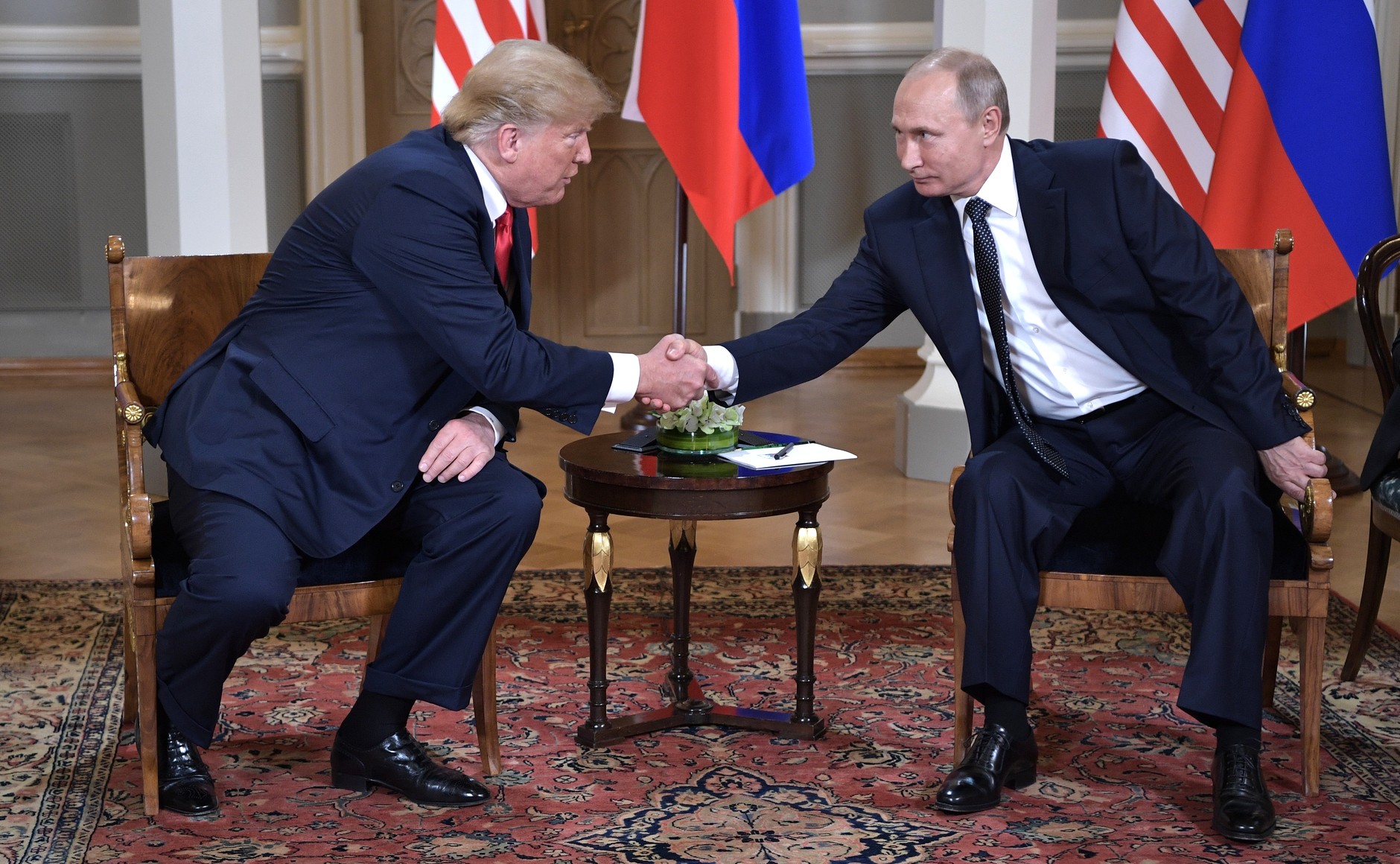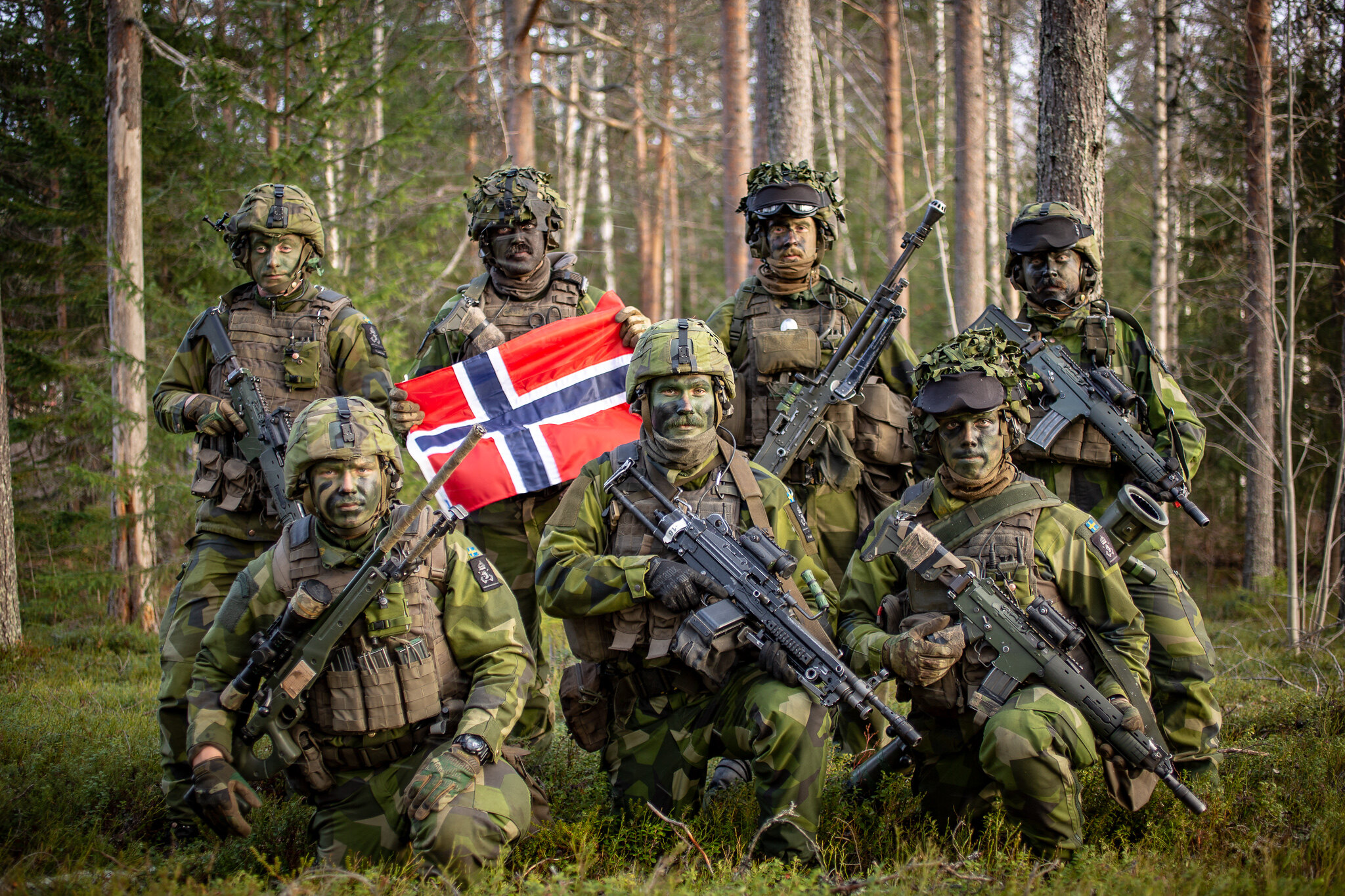France's military intelligence awaits reforms.
General Jacques Langlade de Montgros, head of the French Directorate of Military Intelligence (DRM), was summoned a few weeks ago to a specialized commission of the lower house of Parliament. The deputies wanted to know what such a serious agency is currently doing.
To put it very simply, the report did not contain anything sensational. The conflict in Ukraine is degenerating into a battle of attrition and dragging in time. From here the dominoes fall on Armenia and Azerbaijan, and their confrontation becomes increasingly dangerous. In Africa, we note the growing influence of China and Russia, and they are acting in different ways. The threat of terrorism is not diminishing, but is instead expanding toward the Gulf of Guinea. In African states, we see a mix of different types of smuggling – drugs, weapons, migrant trafficking. In the Middle East, the threat of terrorism remains tangible in the medium term, but we are monitoring the regrouping of forces due to the renewed status of Iran and Syria. In Asia, we see China's growing military power, which will threaten our interests in the Indian Ocean.
Nothing new, in general, except that there is too much geopolitics in the military intelligence report. And it has always been the domain of the Directorate General for External Security (DGSE). Foreign Intelligence thought that military colleagues should mind their own business. But since both agencies are subordinate to the General Staff of the Defense Ministry, conflicts between them inevitably erupt.
In the military "office," the latest appointments have been called the "Generals' Waltz." Eric Vidaud lasted seven months in office, and he was replaced in March 2022 by de Montgros. The General Staff did not forgive Vidaud for his mistake in analyzing the possibility of a conflict between Russia and Ukraine. The French services argued that it was impossible, while the Americans very much believed it.
For now, DRM has launched an internal reform. The work is divided into several – seven to eight – poles by geography and subject matter. This is a chain, the links of which are personnel intelligence of the three branches of the Armed Forces, plus experts in space and cyberspace. Each area has its own experts, and they exchange data in real time, such as geo-positioning, archives, any documents or even staffing information. That is, if any flotilla in the ocean needs intelligence of any kind, it gets it from invisible colleagues almost instantly.
In addition, the reform implies the introduction of an extremely flexible approach to changes in geopolitics. For the army, this is very important – given that everything is developing rapidly, you have to be able to quickly rearrange priorities and abandon some well-established dogmas, prescribed, perhaps, in the previous order. Therefore, keep an eye on the technological revolution. Observe and cooperate with all new interesting startups. And the main thing is not to drown in the flood of data.
For this purpose, DRM plans to use the development of artificial intelligence of the European company Artemis IA. This program will be connected to all DRM poles, and computer platforms of all types of Armed Forces will already be connected to them. It operates in the "deep web" space, which contains nine-tenths of all information of primary interest. The system monitors aviation and maritime movements, abnormal situations, and unusual Web site activity, and sends it all into a common piggy bank.
The information collected by military intelligence is also available to other related state services – the same foreign intelligence service, counterintelligence and even those subordinate to the civilian ones – numerous internal security systems, customs, the service against underground financial networks Tracfin, although the latter two are generally subordinate to the Ministry of Economy and Finance.
In total, the system will involve in its network 22,000 members of the "intelligence community" in France, 16,000 in Britain, 55,000 in Russia and 100,000 in the United States. These are not spies, but those objects which will be under the surveillance of the system and voluntarily or involuntarily (rather the latter), will become a source of information for French military intelligence.
Next comes the question of exchanging data with allies. This involves a system of barter exchange, but with the highest level of trust between partners. France would be second in NATO in terms of intelligence contributions to the overall system.
Military Intelligence assumes the involvement of 7,000 troops of all levels in the collection of data. It is always amusing to find the 2nd Tank Regiment of Hussars, the 13th Airborne Regiment of Dragoons, and other characters from The Hussar Ballad on such lists, but they really are still called that. In addition to them these 7000 include units of cartographers, military geographers, translators, opticians, specialists in computer graphics, electromagnetic warfare, seabed, rocks, space, and so on.
One of the program coordinators, Vice Admiral Xavier Petit, said: "We need a new culture of military intelligence. The very dense combat involves autonomous decision-making. Based on general information, analysis of the weakest and most seemingly insignificant signals, you can get a fairly accurate picture of the battle, and each minute is vital."
The money is there. France's military program for 2024-2030 involves almost doubling the budget of intelligence – military and foreign – and their joint budget will reach a billion euros





